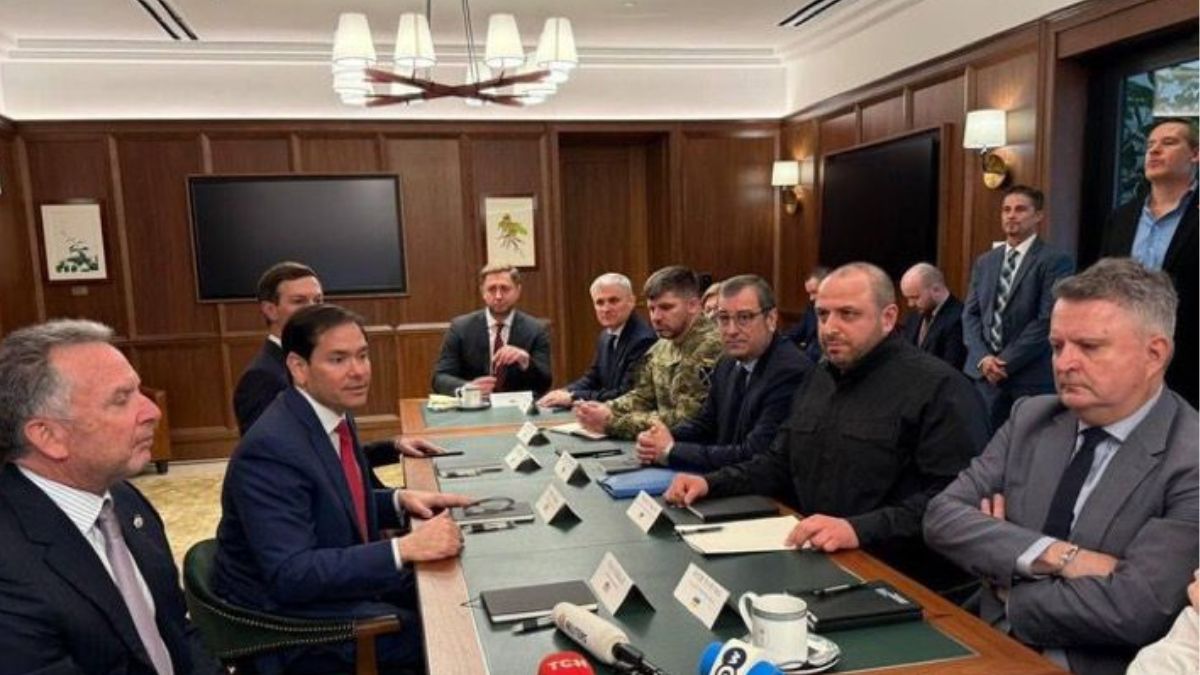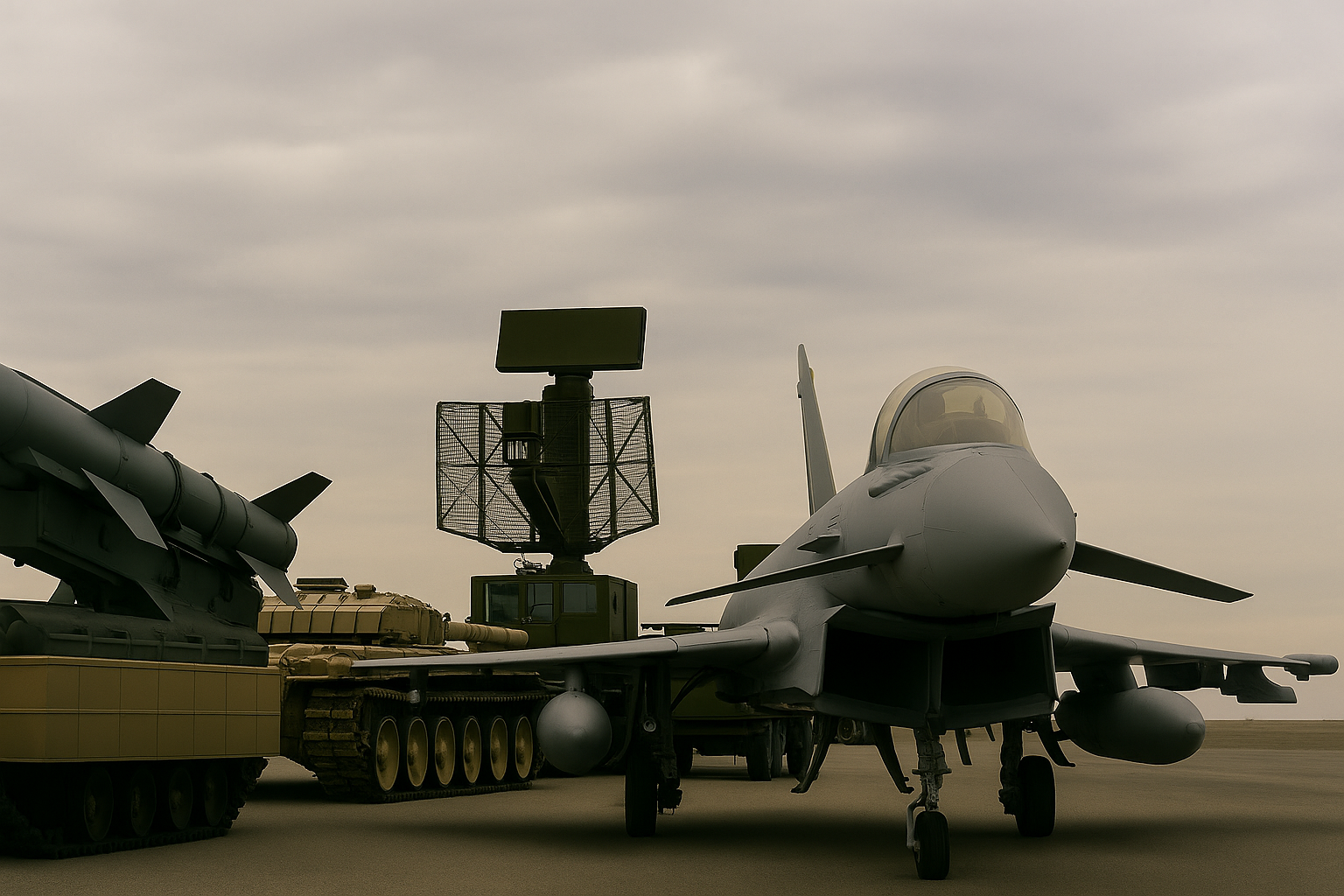US Army Turns to Wall Street For 150 Billion Modernisation Push To Counter China’s Edge

US Army Secretary and Treasury Secretary met with 15 leading buyout firms last week. Image courtesy: US Department of War
Facing a $135 billion shortfall, the US Army is charting an unconventional course by inviting private equity firms to help fund a sweeping $150 billion modernisation plan over the next decade. Army Secretary Daniel Driscoll is seeking help from investment heavyweights such as Apollo, Carlyle, KKR, and Cerberus Capital.
Under this massive $150 billion modernisation push, the United States Army is looking to upgrade its ageing bases, depots, and logistics systems that Congress has been unable to fully fund. The initiative aims to transform under-utilised military land and infrastructure into strategic investment opportunities.
In a closed-door forum co-hosted by Driscoll and Treasury Secretary Scott Bessent, more than a dozen top-tier private capital firms explored new financing models for military modernization, according to a Financial Times report.
How would the Army–private equity partnership work?
Rather than seeking new Congressional appropriations, the Army is pitching a land-for-output framework, wherein it will allow private investors to develop projects on military property in exchange for infrastructure, services, or technology, instead of direct payment. Driscoll has described the model as a “meaty opportunity”.
Driscoll further suggested that this opportunity would be large-scale, strategic, and is capable of producing results faster than traditional procurement systems.
US Army $150 million modernization plan: What projects are on the table?
The proposed partnerships would mark a major departure from routine defence contracting. Some of the key ideas include:
Data Centres on Army Bases – Private firms could build and operate data centres on Army land, providing the service with digital infrastructure and computing capacity in lieu of cash payments.
Rare-Earth Processing Facilities – Investors may set up rare-earth mineral refining plants on military land to reduce US dependence on Chinese supply chains.
Equity Swaps and Co-Investments – The Army may offer long-term leases, equity swaps, or co-investment deals in companies considered vital for national security.
Among the attendees was Cerberus Capital’s founder Steve Feinberg, now serving as Deputy Defence Secretary, who pledged to divest relevant holdings to avoid conflicts of interest.
Is China the real catalyst behind this move?
The simple answer would be yes. Moreover, the Pentagon’s 2024 China Military Power Report has intensified Washington’s urgency. It warns that Beijing’s rapid military modernisation in aerospace, maritime, and missile systems is eroding the US’s industrial edge.
In addition to the military modernization, China’s near-monopoly on rare-earth refining and magnet production, which is critical for advanced weapons and electronics, is being seen as a strategic vulnerability. US Army’s new land-for-output model is designed to counter that dependency, encouraging private developers to build domestic refining and production capacity to safeguard supply chains from Chinese control.
The shift toward private capital in defence is part of a broader pro-market strategy gaining traction in Washington. The Biden administration has expanded rules allowing retirement funds to invest in private defence assets; increased Pentagon partnerships with strategic firms like MP Materials, a leading rare-earth magnet producer.
This new approach reflects a pragmatic blend of public goals and private incentives, seeking to leverage Wall Street’s capital for America’s long-term security resilience.
What’s next for the Army’s $150 billion plan?
Private equity firms have been invited to submit formal proposals in the coming weeks, after which the Army will conduct due diligence and reconvene with investors in New York. Driscoll aims to finalise multiple deals by year-end, potentially setting a historic precedent for how the US military funds its backbone infrastructure.
As competition with China accelerates, the Pentagon’s turn to Wall Street underscores a strategic reality that America’s next great arsenal may be built not just in factories, but in financial boardrooms.







